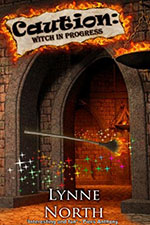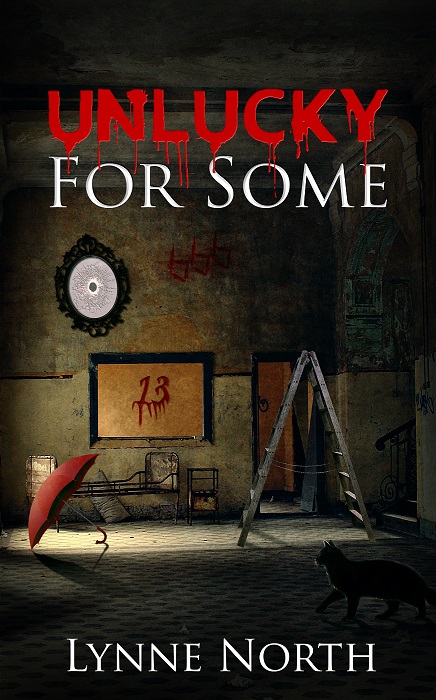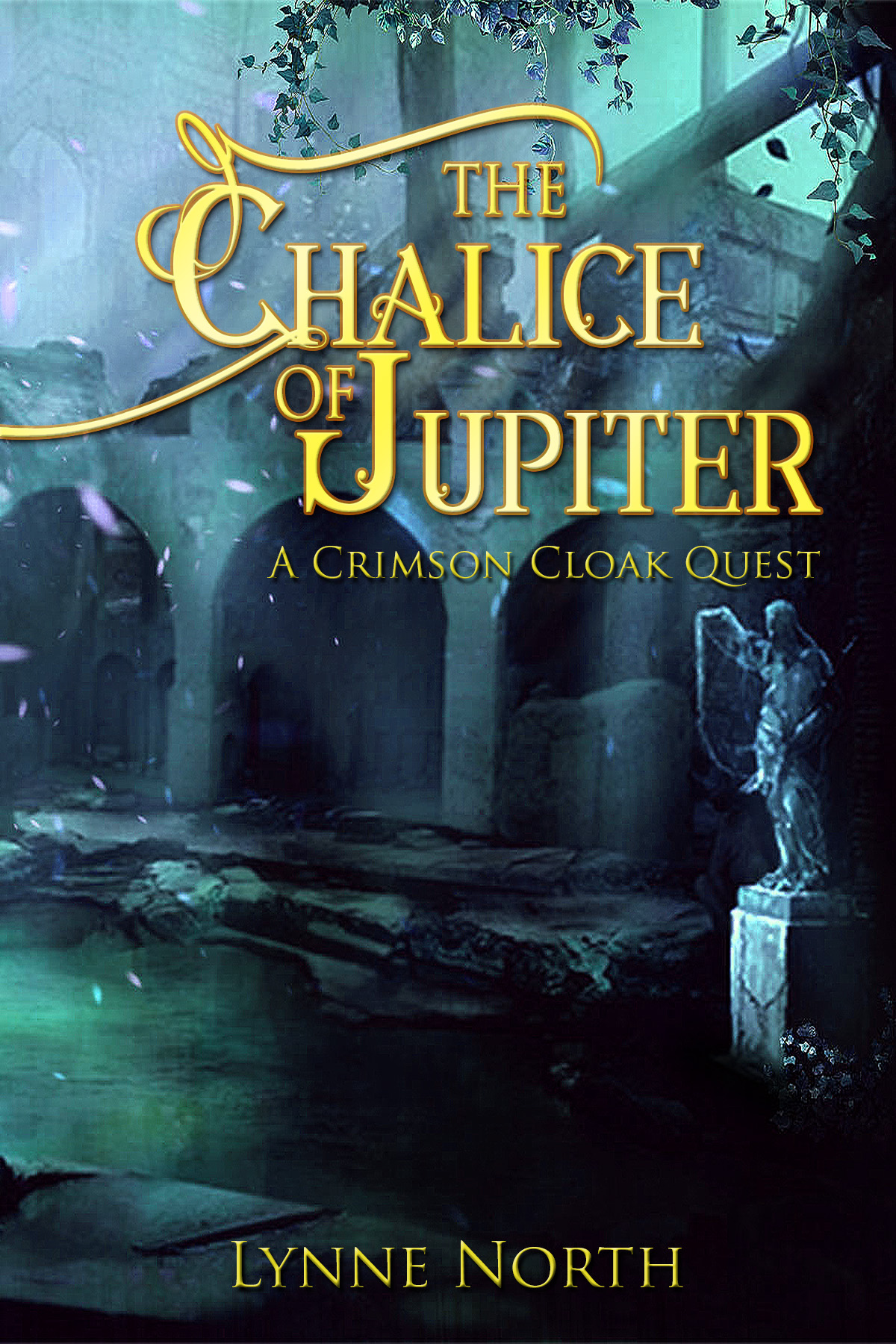Thank you for all your comments…
I really appreciate the time and trouble genuine people are taking to leave comments on my blog. On the other hand, there is something I need to say to those of you who are trying to use my blog as a springboard for links to completely unconnected, and even inappropriate, sites. This blog is aimed mainly at promoting children’s books. As such, all comments are carefully moderated on a daily basis. If your aim is simply to try to publish bogus links on my site then please do not waste your time. It will never happen. I delete such links before they ever appear published. To the other people who are genuinely interested in my blog, thank you very much. Please continue to post your thoughts and comments as I love to read them.
The New Year
Customs in celebration of the New Year take place the world over. Strangely enough in Europe, the New Year was celebrated in the past at different times varying from Christmas to March, and the official celebration on 1st January is comparatively new in the scheme of things. Until the introduction of the Gregorian calendar in 1752, the official New Year in Britain began in March! As far as the common people were concerned however, it has always been celebrated on 1st January.
Many of the customs associated with this turning point combine the elements of death and rebirth. The end of one year and the start of another is a time of both sadness, and great joy. This is replicated by the slow tolling of the bells as the old year meets its end, then the happy pealing of the strong New Year chimes. Everywhere in the world, the beginning of the New Year is a time of great rejoicing. Ensure your luck for the year by making sure the first person to enter your house on 1st January is a tall, dark haired male (or so the superstitions go.) This ‘First Foot’, when allowed into the house, should bring with him coal, bread and money to symbolise the basic needs of the household throughout the coming year. In this way, you will never be short of food, money or warmth in the year ahead. Many superstitions associated with New Year tell us that whatever you do on this day will continue to influence events for the next twelve months. For this reason, New Year is seen as the luckiest time to make resolutions because all serious efforts at a time so charged with magic will have the most chances of success.
So, here is to you and yours, and to your hopes and aspirations for 2011. Happy New Year to you all, and I hope it only brings the best for you!
Origin of Boxing Day
There are several theories as to the origin of Boxing Day, but in general the tradition has long included the wealthy giving money and other gifts to the poor. The European tradition dates to the Middle Ages, but some claim it dates back even farther to the late Roman/early Christian era when metal boxes were placed outside churches to collect special offerings connected to the Feast of Saint Stephen.
A reference to Boxing Day’s origins appears in the Christmas Carol, “Good King Wenceslas.” Wenceslas, who was Duke of Bohemia in the early 10th century, saw a poor man gathering wood on his land in the middle of a snowstorm on St. Stephen’s Day, December 26. The kind King gathered up surplus food and wine and carried them through the blizzard to the peasant’s door. The alms-giving tradition has always been closely associated with the Christmas season, but King Wenceslas’ good deed came the day after Christmas, when the English poor received most of their charity.
In the United Kingdom, it became customary for tradesmen to collect “Christmas boxes” of money or presents on the first weekday after Christmas as thanks for good service throughout the year. This is mentioned widely in old literature. The name could also derive from an old English tradition where, in exchange for ensuring that Christmas went well for wealthy landowners, servants were allowed to take the 26th off to visit their families. The employers gave each servant a box containing gifts and bonuses (and sometimes leftover food).
During the Age of Exploration, when great sailing ships set off to discover new land, a Christmas box was seen as a good luck device. It was a small container that priests placed on each ship while still in port. Crewmen, in hope of a safe return, dropped money into the box. It was then sealed and kept on board for the entire voyage. If the ship came home safely, the crew gave the box to the priest in exchange for the saying of a Mass of thanks. The Priest kept the box sealed until Christmas, and then opened it to share the contents with the poor.
An ‘Alms Box’ was placed in every church on Christmas Day around the 1800’s. Worshipers would place a monetary gift for the poor of the parish. These boxes were always opened the day after Christmas.
So, at least one or more of these reasons should give us the meaning of Boxing Day!
Father Christmas and Christmas gifts.
The giving of gifts at Christmas probably originated with St Nicholas, who actually lived in the 4th century AD and was the Patron Saint of children and travellers by sea; known by his red cape, flowing white beard, and bishop’s mitre. He was a kind and generous man who gave gifts of money and assistance in times of need.
The giving of gifts used to be carried out on 6th December in memory of the Saint, for on his feast day people gained the habit of being particularly nice to children and placing small gifts in their shoes to be found in the morning. We no longer celebrate St Nicholas’ day on December 6th because in the Middle Ages the event fell into disrepute due to some people ignoring the reverence of the day and using it as an excuse for riotous behaviour (nothing ever changes, does it?) It became little more than a farce so during the reign of Henry VIII he put an end to it (in between beheading his wives.) The children of course were upset at being deprived of their day, so gradually the habit of giving presents on Christmas day was adopted instead.
So, while you are ripping open your presents this Christmas, spare a thought for good old St Nicholas.
Merry Christmas, one and all!
Origins of the Christmas Tree
The use of greenery and lights at Christmas goes back to the celebration of the Kalends of January in ancient Rome. Kalends was a celebration of the Roman New Year when people gave each other gifts of green boughs, honey treats, lamps for light and warmth, and silver and gold objects (The latter probably being the most popular.) They also trimmed trees with trinkets and toys during Saturnalia, and put candles on them to indicate the sun’s return to earth.
The Druids honoured Odin by tying golden apples and other offerings to tree branches, and set lighted candles on them.
Christians used candles symbolizing Christ as the Light of the World, seemingly a combination of Roman and Hebrew customs, while people in the Middle Ages put lighted candles in their windows on Christmas Eve to guide the Christ child on his way. No stranger was turned away, because it could have been Christ in disguise.
Glass balls are the traditional choice for decorations to be hung from a Christmas tree. Hollow glass spheres were believed to have the ability to keep ill fortune away, and hundreds of years ago used to be hung in windows to ward off evil spirits which were thought to be banished by the ball’s reflective beauty. According to some, the candy cane “J” shaped treat can be traced back to the birth of Christ. The shepherd’s staff, it is said, was the inspiration for the candy cane.
Whatever the reasons for our beautiful Christmas trees, Christmas just wouldn’t be the same without them.
Winter Solstice
In the northern latitudes, midwinter’s day has been an important time for celebration throughout the ages. The Winter Solstice occurs exactly when the Earth’s axial tilt is farthest away from the sun. On this shortest day of the year, and longest night, the sun is at its lowest and weakest; a pivotal turning point of the year from which the light will grow stronger and brighter. The Romans called it Dies Natalis Invicti Solis, the Birthday of the Unconquered Sun.
The seasonal significance of the Winter Solstice is in the reversal of the gradual lengthening of nights and shortening of days. Depending on the shift of the calendar, the winter solstice occurs on December 21st or 22nd each year in the Northern Hemisphere.
It was celebrated in Britain long before the arrival of Christianity. The Druids (Celtic priests) would cut the mistletoe that grew on the oak tree and give it as a blessing. Oaks were seen as sacred and the winter fruit of the mistletoe was a symbol of life in the dark winter months. Worldwide, interpretation of the event has varied from culture to culture, but most cultures saw it as recognition of rebirth, involving holidays, festivals, gatherings, rituals or other celebrations around this time.
Most importantly, it also happens to be my Birthday, making it an auspicious time indeed…
Holly, Ivy and Mistletoe
The Holly and the Ivy are as much a part of a traditional Christmas as are Christmas trees and presents. Both are very hardy plants, and an old belief was that if they could survive harsh winters, so could the households that displayed them. The holly was sacred to the Roman god Saturn, and the Romans gave one another holly wreaths to deck their homes. Ivy was the plant most associated with the Roman God Bacchus, who wore a crown of it to symbolize his immortality. Bacchus, the God of wine and frivolity, and his followers believed their crowns of ivy would save them from the ill effects of all the wine they drank in their ceremonies. Could it be worth a try?
Druids believed that holly remained green so the world would be beautiful even when the sacred groves lost their leaves. Both the holly and ivy were also seen to ward off evil spirits, and their evergreen leaves were a sign of hope that spring would return after the cold and barren nature of winter. The sooner the better! The green and red of these plants are the two colours most traditionally associated with the Christmas season.
Mistletoe has come down the ages as the plant most associated with the Christmas season. As a parasitic plant, it only grows high in trees where seeds land after being borne by the wind or carried by birds. The Druids therefore believed the plant to be sacred, placed on high by the Gods, and they only ever cut it using a golden sickle (presumably up a ladder?). It was known as the ‘All Heal’ plant because of its supposed amazing healing powers, and was seen to have many magical and mystical properties, including fertility and that of bestowing good luck. In Scandinavian countries, enemies would often be reconciled underneath boughs containing mistletoe, and any contract made in this way could never be broken. To the Norsemen, mistletoe was sacred to Frigga, Goddess of love. Hence our custom of kissing beneath the mistletoe, I suppose!
Yule Log
The Ancient Druids began the tradition of the Yule log, though they probably didn’t expect it to become a chocolate one after the passage of time…. The name ‘Druid’ has been said to stem from the word ‘Duir’, or ‘oak’, which gave rise to the assumption that the Druids were priests of the sacred oak groves believed to have once spread across Britain and Ireland. They worshipped trees as symbols of the Gods, chanting to them and making offerings. The custom of ‘wassailing’ (meaning to wish good health to) is descended from the Druidic worship of these powerful trees. The Yule log symbolised the sacrifice of a great tree, which was the only means strong enough to make the sun return. The Celts thought that the sun stood still for twelve days in the middle of winter and during this time a log was lit to conquer the darkness, banish evil spirits and bring luck for the coming year. They believed that if they could keep the log burning for the full twelve days then the sun would be persuaded to move again and make the days grow longer. Terrible ill luck would befall if the burning log went out… (All I can say is that it must have been a very big log…).
The First Christmas Card
Have you written all your Christmas cards yet? No, neither have I. We all will be soon though won’t we, and why? Where and how did this tradition begin?
The first Christmas card designed for sale was by London artist John Calcott Horsley and commissioned by Sir Henry Cole, a wealthy British businessman of the 1800’s, who found himself too busy in the festive season to send individual messages to all his friends. Yes, I know the feeling. Being a man who liked to be prepared therefore, in the summer of 1843 Sir Henry commissioned Horsley to design an impressive card for that year’s Christmas. Horsley produced a card divided into three sections. Each of the two side panels depicted a good deed; clothing and feeding the poor and hungry. The centrepiece featured a party of adults and children, with plentiful food and drink. The first Christmas card’s inscription read: “Merry Christmas and a Happy New Year to you.” “Merry” was then a spiritual word meaning “blessed,” as in “Merry old England,” rather than our meaning now of being a bit the worse for wear after too much alcohol! Printed cards soon became the rage in England; then in Germany, and later America. Nowadays, Christmas is the number one card-selling holiday of the year, and quite right too. Where would we be without them?
Christmas origins…
So, it is four weeks to Christmas, and time for the mad panic that it always causes as we rush around for cards and presents. That means it’s time too for my first Christmas blog, all about the origins of the special day. The word ‘Christmas’ comes from the Old English term ‘Cristes Mæsse’, meaning the ‘Mass of Christ’. The story of Christmas, as we all know, begins with the birth of a baby in Bethlehem. Many believe that Christ was born on the 25th, although the exact month is unknown. December could well have been chosen so the Catholic Church could compete with the rival pagan festival of Saturnalia held at this time of year and because of its closeness to the Winter Solstice in the Northern hemisphere, a traditional time of celebration among many ancient cultures. Saturnalia fell on December 17th and was originally celebrated in Ancient Rome for just the day, but being a very popular festival, it soon lasted for a week. Those Romans knew how to celebrate. Like our Christmas, the occasion was a holy day to honour their God, Saturn, but just like Christmas too, it was often more a day of fun, festivity and gift giving. Even the slaves had a break from serving their masters on this day, as the masters served meals to the slaves for a change. Now, if that tradition had continued, wouldn’t Mum get the day off, while Dad did all the work? Uhm, I guess some things just don’t catch on…











